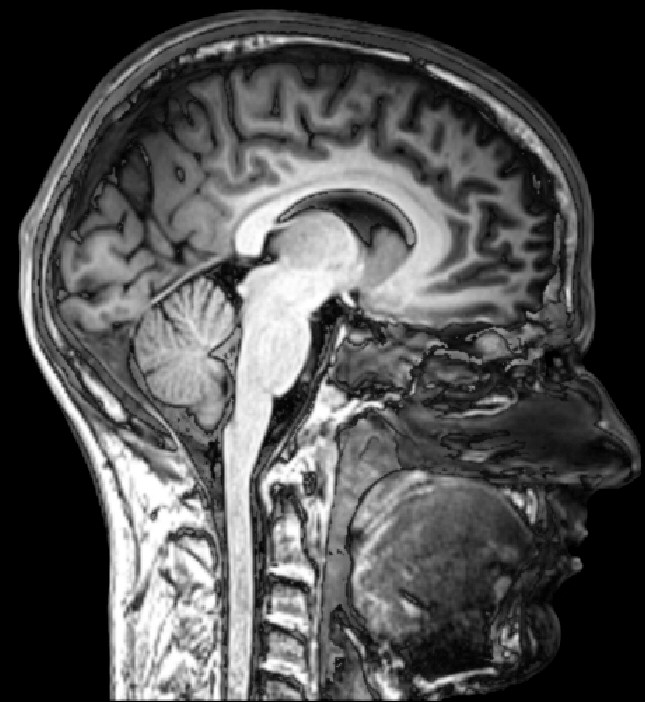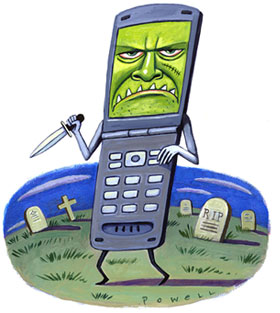According to the new guidelines created by the American Academy of Pediatrics regarding screen time for adolescents, “Pediatricians can also help parents to become effective advocates with their children’s schools for media literacy education and interactive learning-effective programming. ….” and “Educators can play a key role in teaching media literacy to their students. As technology rapidly enters the classroom, educators may guide students to engage in appropriate, positive, and safe ways to utilize these helpful digital resources.”
This new guideline blurs the very notion of the purpose of education. For a century, public schools made it their mission to teach students how to think and to give them a base level of knowledge in the core fundamental subjects so that they could be productive members of society and better understand the world around them. More recently, schools have begun to shift their finite amount of resources to focus on incorporating the “teaching of technology” into their mission. These finite resources not only include their strained budgets but also time in the day. Teaching technology has come at the expense of teaching traditional thinking skills and content in areas like the humanities.
And how does this attempt to teach technology actually manifest itself in schools? Tech companies pawn their old inventory in bulk to school systems desperate to by large quantities of technology very low prices. The older, antiquated technology is clumsily incorporated by teachers with little to no training on its education benefits because it is being forced on them by county higher-ups who purchased the technology who also have little understanding of its educational potential. Rather than being taught how to use “technology”, students are taught how to use specific programs, programs designed and marketed to school systems that have little to know real world application. And even if a teacher does manage to incorporate technology with real world applications, what are the chances that this technology will still be in use 5-15 years from now when they enter the work force?
Unfortunately, because students are now lacking critical thinking and problem solving skills due to the shift in focus to technology, they struggle to transfer understanding of how to use one bit of technology to a very similar technology. For example, even though most classes teach student how to use Microsoft Word, students can’t infer what the slightly different functionality of another word processor means or how it works. Every button and icon has to be explained. Even the most user friendly technology such as Google leaves the modern student baffled.
As teachers, rather than focusing on trying to keep up with the ever changing world of technology, we’d rather go back to teaching the traditional thinking skills that would allow students to use inferences, analysis, and problem solving skills to figure out a wide array of technology. In essence, you could make young people more tech savvy by not attempting to teach them technology.




